GĐXH – Due to mistaking daffodil leaves for chives, the family used them to cook porridge for their children. As a result, two children were poisoned and had to be taken to the emergency room.
On December 3, information from the National Children's Hospital said that they had just successfully treated two children who were poisoned by eating narcissus leaves.
structured, two children (2 years old) were taken to the emergency room by their family in a state of abdominal pain and continuous vomiting.
The children's family said that when they saw that their children were coughing, they used chives to cook porridge to treat their cough. However, after eating, both children developed unusual symptoms in their digestive tract. Immediately after, the family realized that they had mistaken chives for narcissus leaves and immediately took the children to the hospital for emergency treatment.

Doctors give emergency treatment to a child with poisoning. Photo: BVCC.
Here, children's vital functions are monitored and measures are taken to eliminate toxins from the body by washing the stomach and using activated charcoal to absorb toxins and act as a laxative.
Doctors also provided hydration and electrolytes and performed tests to assess liver, kidney, and heart function to promptly detect complications. Thanks to the active intervention of the medical team, after just over a day of treatment, the health of the two children stabilized and they were safely discharged from the hospital.
According to Master, Doctor Bui Tien Cong - Department of Emergency and Anti-Poison, National Children's Hospital, daffodils originated from Europe, China, and Japan. Recently, the plant has been introduced to Vietnam.
The genus Narcissus includes about 40 species of bulbous plants, belonging to the family Amaryllidaceae. Most daffodils are perennials, the leaves grow from bulbs in spring, the leaves are flat, the plant is 20cm -1.6m high depending on the species. The flowers are trumpet-shaped, yellow, white, pink with six petals, the center is the pistil. Daffodils have bulbs like onions, the leaves are similar to garlic leaves but Thinner.
All parts of the daffodil plant are poisonous, especially the bulbs. The plant contains Lycorine, an alkaloid that inhibits the enzyme cholinesterase, causing cholinergic symptoms such as vomiting, nausea, sweating, and slow heart rate.
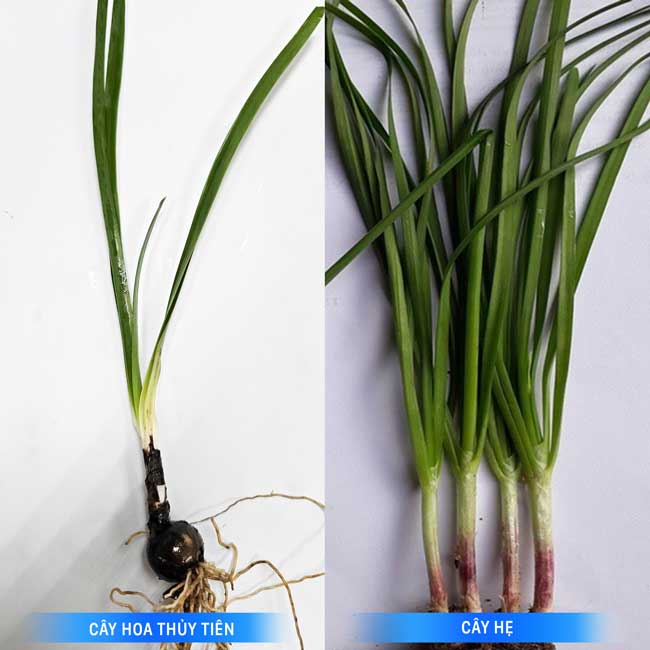
Narcissus and chives.
If you accidentally eat large quantities of daffodils, it can cause convulsions, circulatory and respiratory depression, and coma. In addition, daffodil bulbs contain oxalates, which can cause burns and irritation to the lips, tongue, and throat if swallowed.
In addition to daffodils, some other plants such as money tree and water yam can also cause burns and irritation to the mouth and throat when children eat them by mistake.
Therefore, doctors recommend that parents carefully research information about indoor plants to ensure children's safety. Avoid planting or displaying toxic plants in places where children are present, and keep them out of reach of children.
Parents and caregivers need to supervise children at all times to ensure their safety. In case a child accidentally eats daffodils or other toxic plants, parents should not arbitrarily induce vomiting in the child; the child should be taken immediately to the nearest medical facility for examination and timely treatment to avoid complications that may be harmful to the child's health.
 7-year-old girl rushed to the emergency room due to a common accident in children
7-year-old girl rushed to the emergency room due to a common accident in childrenSource: https://giadinh.suckhoedoisong.vn/2-tre-ngo-doc-phai-nhap-vien-gap-do-nguoi-nha-nau-nham-loai-la-nay-de-chua-ho-172241203201220491.htm


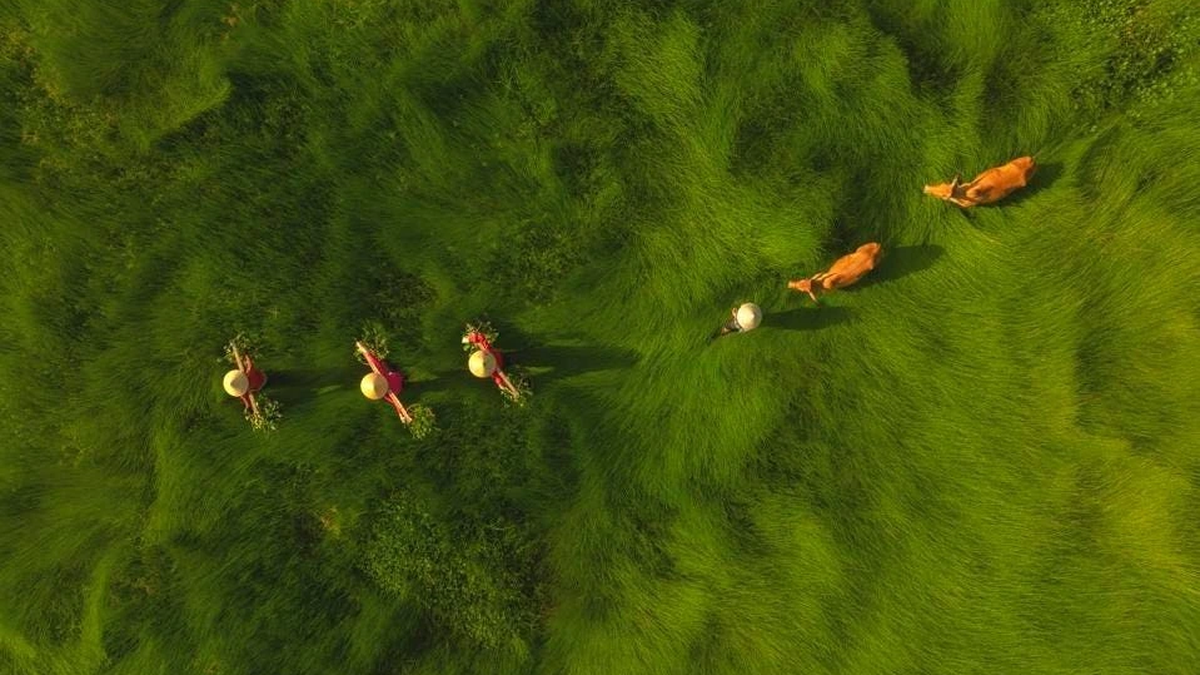













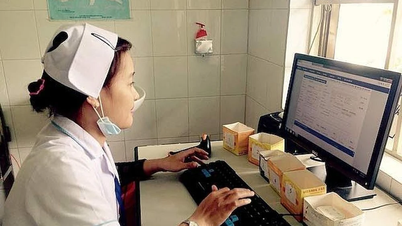



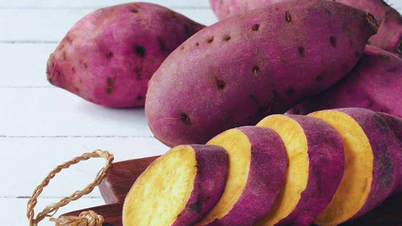








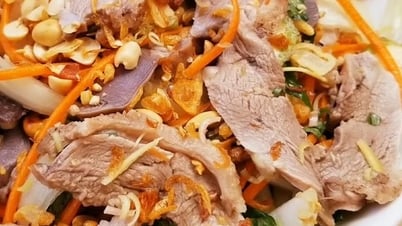


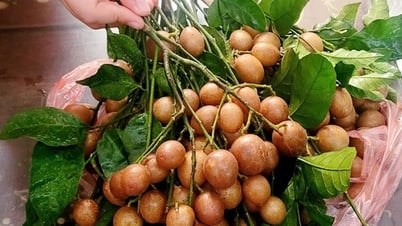

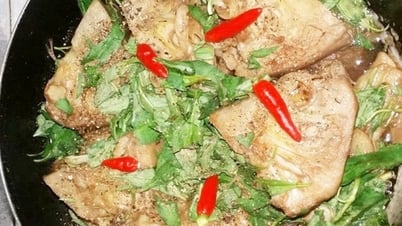



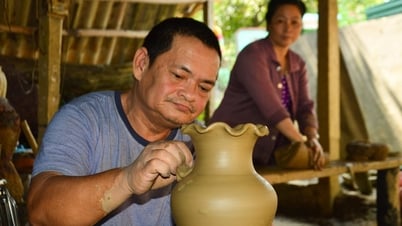




















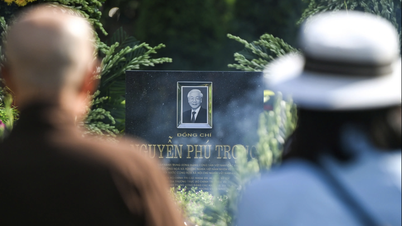
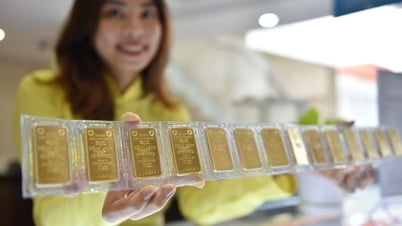
























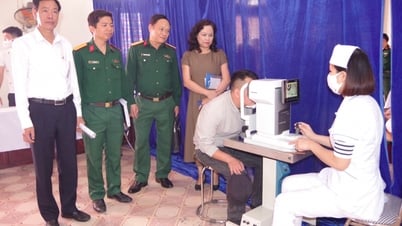

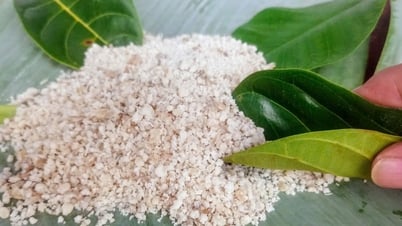
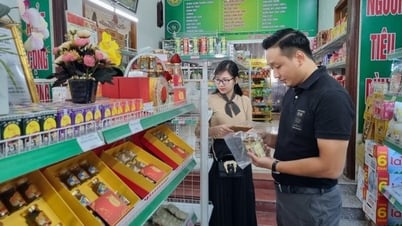

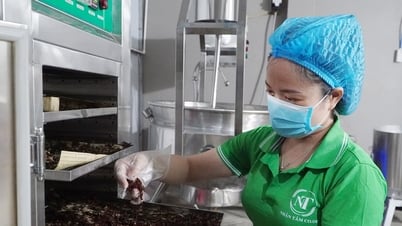



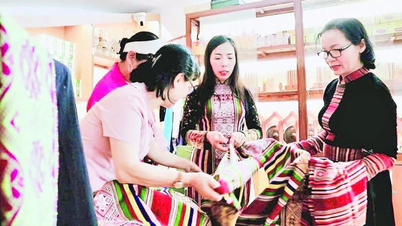



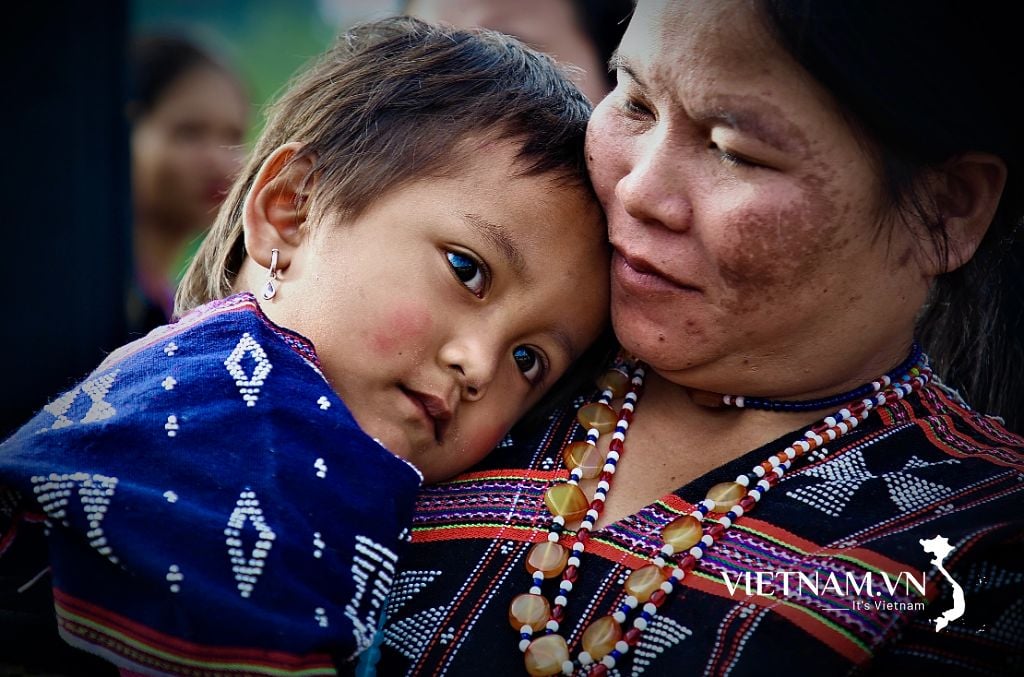



Comment (0)